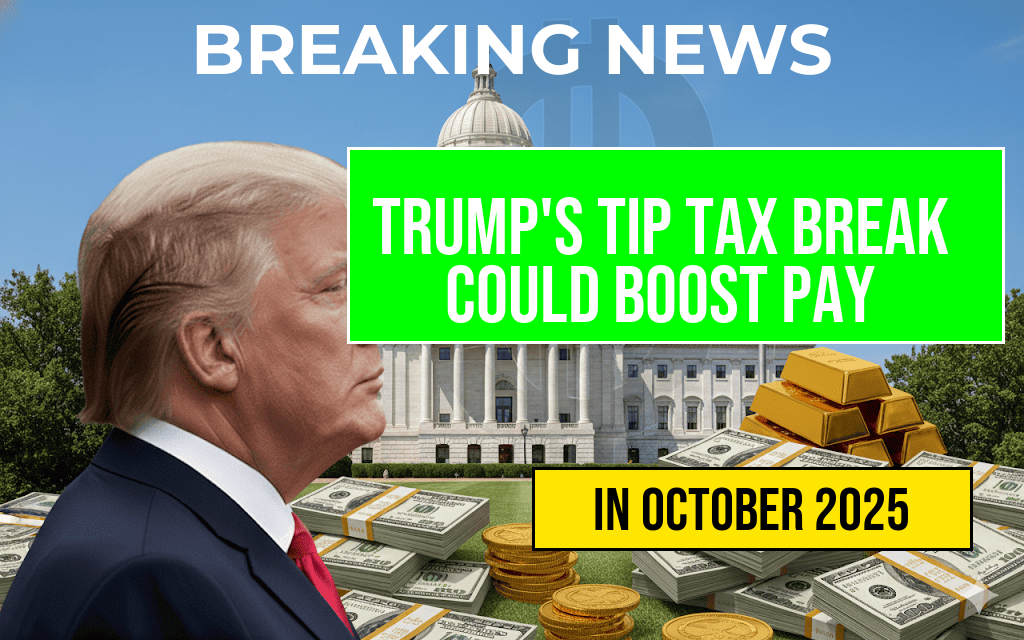Projected 2026 Tax Brackets Could Save a $50,000 Earner Hundreds of Dollars, as Top Rate Falls to 12%
Taxpayers earning around $50,000 annually may soon see significant savings under the proposed adjustments to the 2026 federal income tax brackets. Updated projections indicate that the top marginal rate for middle-income earners could decrease from 22% to 12%, potentially reducing their tax burden by hundreds of dollars. This shift is part of a broader effort to simplify the tax structure and boost disposable income, especially for those in the middle class. The changes are expected to impact millions of Americans, with the most noticeable benefits accruing to households earning between $40,000 and $70,000. As policymakers consider these reforms, financial experts emphasize that such adjustments could enhance economic stability and consumer spending, fostering a more resilient economy.
Understanding the 2026 Tax Brackets: What’s Changing?
The planned revisions to the federal income tax brackets aim to recalibrate the rates and income thresholds, making the tax system more progressive and equitable. The most notable change is the reduction of the top marginal tax rate from 22% to 12% for middle-income brackets. This adjustment is part of a broader tax reform package that also seeks to eliminate certain deductions and streamline filing processes.
| Tax Rate | Income Range (Estimated) |
|---|---|
| 12% | $0 – $50,000 |
| 22% | $50,001 – $100,000 |
| 24% | $100,001 – $200,000 |
| 32% | $200,001 – $300,000 |
| 35% | $300,001 – $500,000 |
| 37% | Over $500,000 |
For context, these changes represent a significant shift from current structures where middle-income earners face a top rate of 22%. The new brackets are designed to align more closely with inflation adjustments and economic growth projections, providing taxpayers with greater relief and incentivizing work and investment.
How Much Could a $50,000 Earner Save?
Preliminary calculations suggest that a household earning approximately $50,000 annually could see a tax savings of several hundred dollars under the new brackets. For instance, if their taxable income remains steady, the reduction in the top marginal rate effectively lowers their tax liability on income within the bracket, resulting in increased take-home pay.
- Estimated savings: Up to $300 annually
- Impact on disposable income: More funds available for savings, investments, or discretionary spending
- Broader economic effect: Increased consumer spending could stimulate growth in various sectors
These figures are based on current income distributions and projected tax rate adjustments. Actual savings will vary depending on individual deductions, credits, and overall taxable income.
Implications for Middle-Class Americans
The reduction of the top tax rate to 12% for middle-income households represents a shift toward more equitable taxation. By easing the tax burden on those earning around $50,000, policymakers aim to address income stagnation and rising living costs. Experts argue that such reforms could help stabilize the middle class, which has faced mounting financial pressures over the past decade.
Moreover, simplifying the tax brackets can make filing less burdensome, reducing compliance costs for millions of Americans. This aligns with ongoing efforts to modernize the tax code and improve transparency.
Potential Challenges and Considerations
While the proposed changes promise benefits for many taxpayers, some critics highlight concerns about the overall fiscal impact. Lower tax rates could lead to reduced federal revenue, prompting debates about funding public services and deficit management. Additionally, there is ongoing discussion about how these adjustments interact with other tax provisions, such as capital gains taxes and estate taxes.
Nevertheless, supporters emphasize that the reforms are designed to promote economic growth by putting more money directly into consumers’ pockets, which could offset some revenue shortfalls through increased spending and investment.
Looking Ahead
The final shape of the 2026 tax brackets will depend on legislative approval and potential adjustments based on economic conditions. Taxpayers should stay informed about these developments, as they could significantly influence personal finances in the coming years. For more detailed analysis, financial planning experts recommend consulting resources like the Wikipedia page on U.S. taxation and updates from the Forbes Tax Section.
Frequently Asked Questions
What are the projected changes to the 2026 tax brackets?
The projected 2026 tax brackets are expected to lower the top tax rate to 12%, potentially benefiting many earners by reducing their overall tax liability.
How will the new tax brackets impact a $50,000 earner?
A $50,000 earner could see significant savings, with the reduction in the top tax rate translating into a boost in real income and overall take-home pay.
When will these changes to the tax brackets take effect?
The projected changes are expected to be implemented by 2026, after legislative and policy updates are finalized.
What is the significance of the top rate falling to 12% for taxpayers?
The reduction to a 12% top rate means that high-income earners will pay less in taxes, leading to increased disposable income and potential economic benefits.
How might these changes affect overall tax planning for 2026?
Taxpayers and financial planners will need to update their strategies to optimize benefits from the lower tax rates and maximize after-tax income in 2026.










